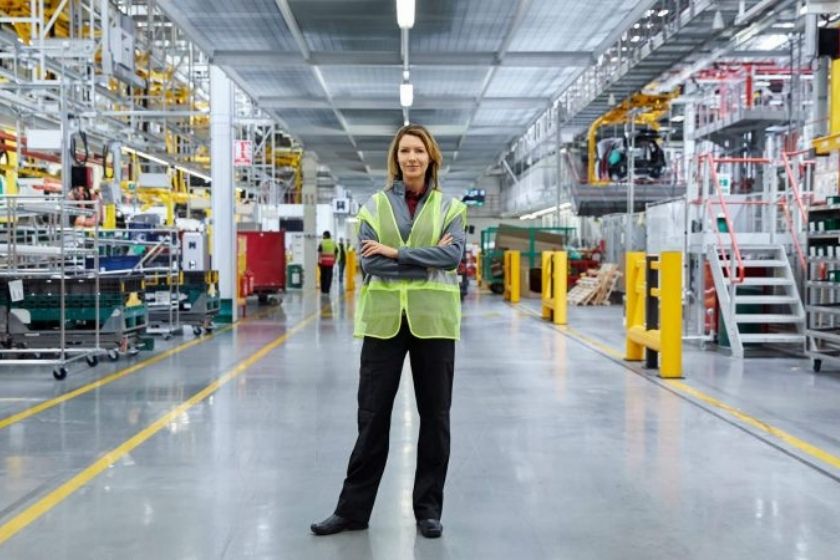Do you know how much downtime costs? NOVUS can help you understand!
A good industrial manager knows that a stopped machine means loss for the company. The good performance and maximum longevity of the equipment are priorities for any industry. Thus, monitoring the machinery and ensuring the maintenance is on schedule are essential requirements to guarantee the best use and increase the durability of each machine.
Obviously, the production line is not always stopped because some equipment has broken. There is operator shift changes or exercise breaks, for example, that result in production resources being stopped. The production capacity considers these downtimes, so it is not a problem when they are planned. But what about when it is an emergency stop? When this downtime occurs while the industry is operating at full capacity to meet a tight order deadline?
To understand how the cost of a stopped or defective machine can even exceed the cost of its maintenance, we need to understand the concept of “cost per hour”. This helps us to see why having a good maintenance plan is much more advantageous than waiting for failures to appear!
The cost per hour is formed of items such as cost of ownership, depreciation, accommodation and insurance, administration, maintenance, rolling stock, fuel, maintenance, and operating labor. Maximizing the working hours of your equipment is the goal of every manager.
The indicators of and efficient line
“Availability” is one of the three indicators that composes the Overall Equipment Effectiveness (OEE). It is a very important indicator since there is no performance or quality if there is no availability. After all, an unavailable resource cannot produce! Unavailability destroys the OEE of a specific resource and can also impact the overall OEE of the industry, since this item can be a bottleneck in a production line.
It is not easy to estimate the downtime exact cost. Each company has different products with different costs. Still, we can cite the main impacts:
• The cost of decreased production, which results in fewer products shipped.
• The cost of idle operators and demotivated staff.
• The cost of losing a customer who will not always understand when an order is not delivered on time.
In anyway, the negative impacts can be many. Analyzing them according to the reality of your industry is the most efficient way to avoid problems in the future.
But how to figure out your machine-hour and/or man-hour costs? The first step is to identify and classify all your company expenses: fixed costs, variable costs, fixed expenses, and variable expenses. If you forget any expense, it will be paid through the profit margin, which, being low enough to compete with your competitors, may jeopardize the company financial health.
By calculating the total cost per hour of your factory, you can get a sense of whether your production process is expensive or cheap. If it is expensive, you can make decisions to decrease costs, such as maintenance, or adopt new, cheaper production methods to increase your profit margin while manufacturing and selling your product/service.
However, just knowing how much you are spending does not solve the problem. It is necessary to fix the root of the problem. To do this, you need to have the control and information necessary to minimize downtime in your factory.
Contact our sales team and find out a NOVUS solution that will help your company to achieve more and better results by having your factory floor under control!
Read more:
How to calculate my factory OEE? With our spreadsheet, it’s simple!
Success Case: NOVUS increases its OEE by 10% with a new product
Metrology Laboratory renews the CGCRE/INMETRO accreditation during an unprecedent remote audit

















